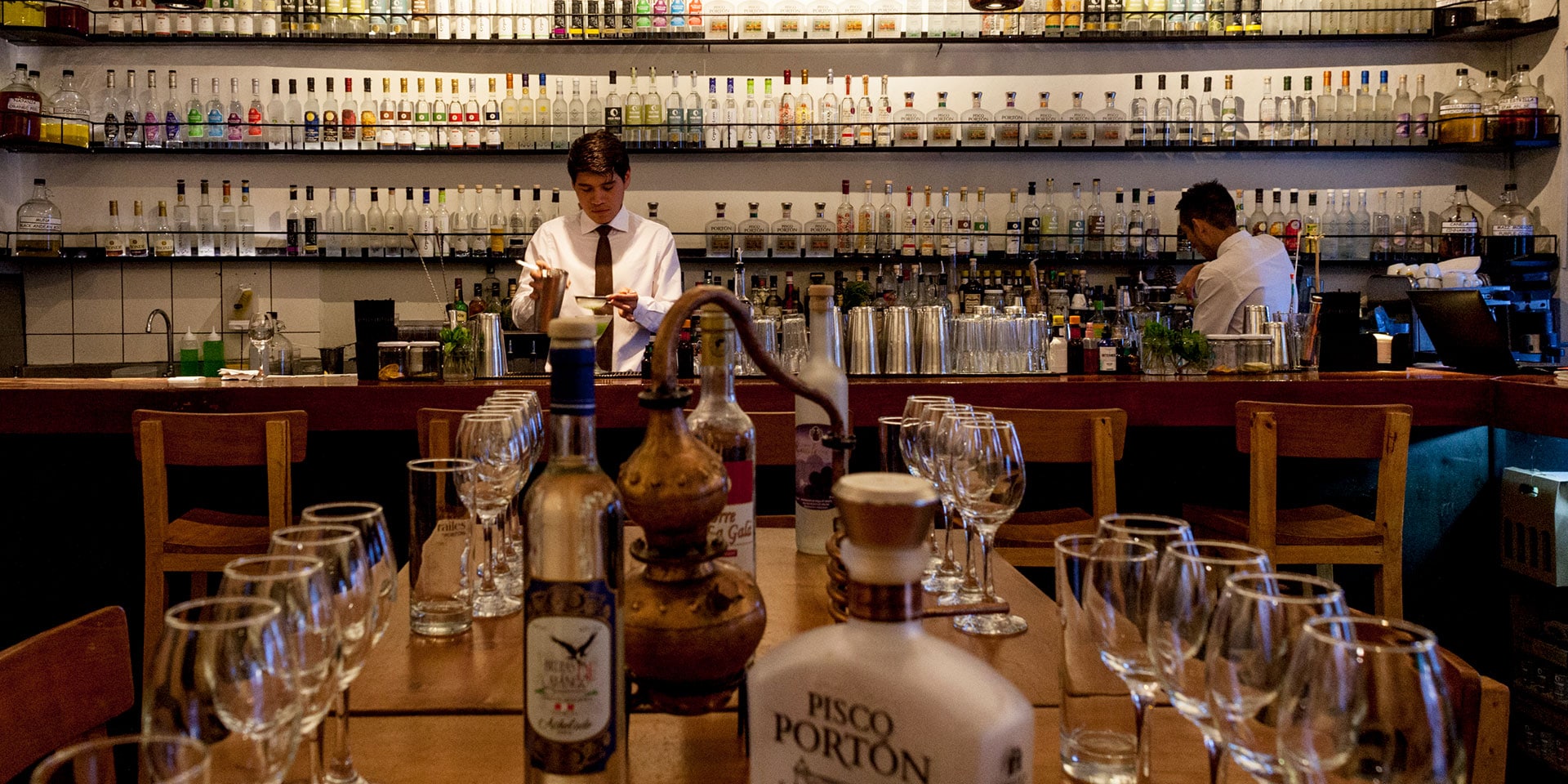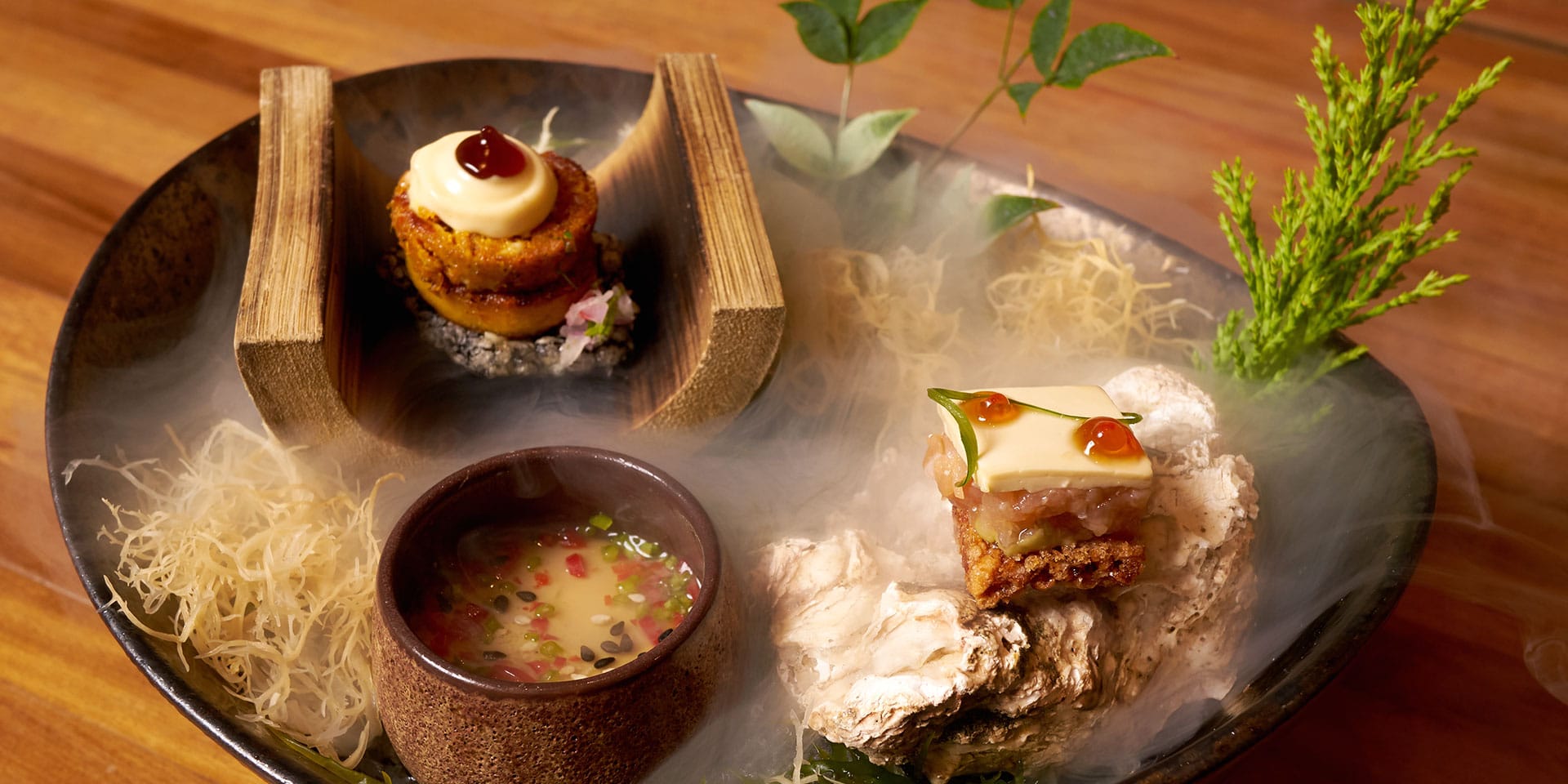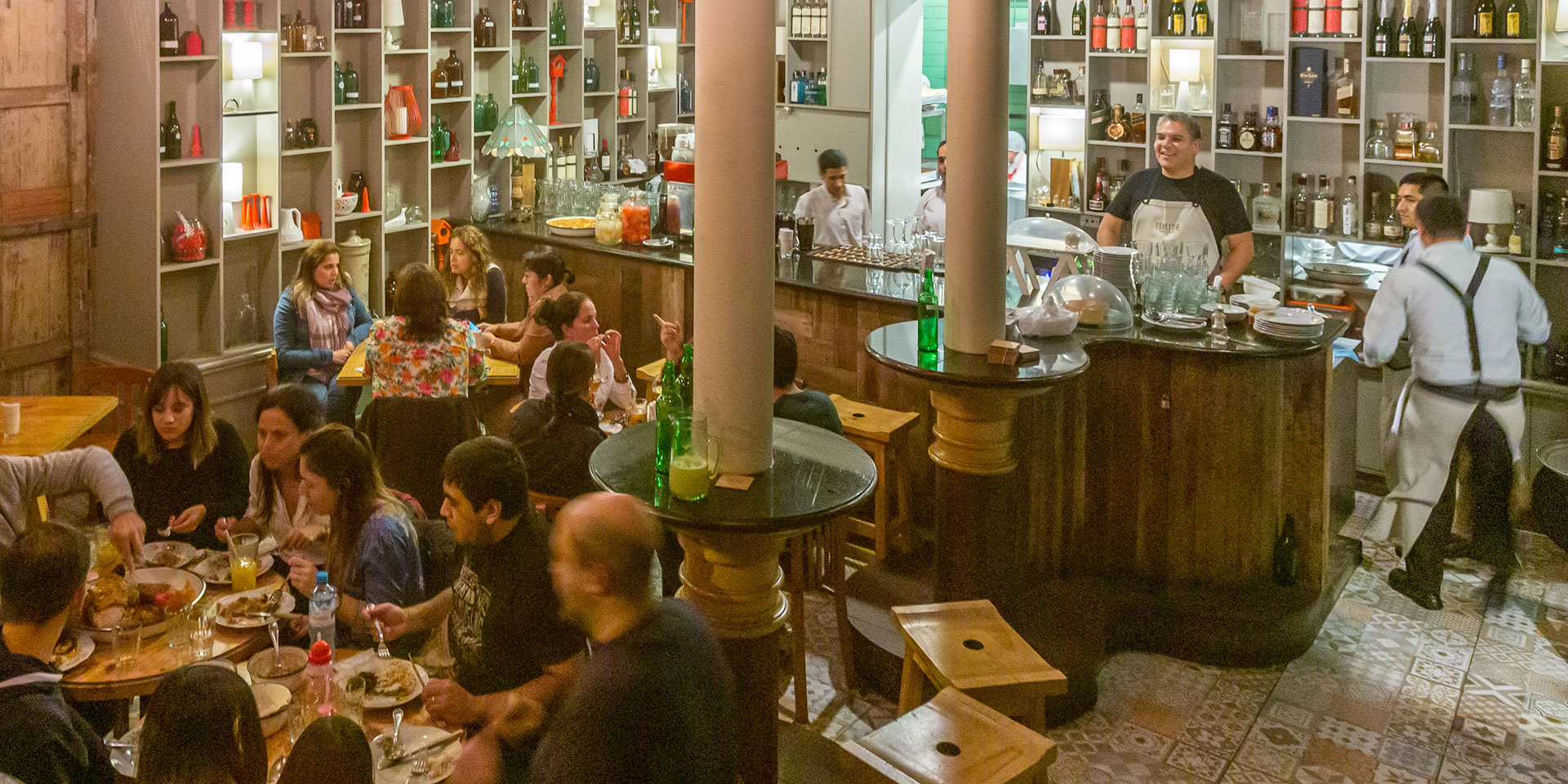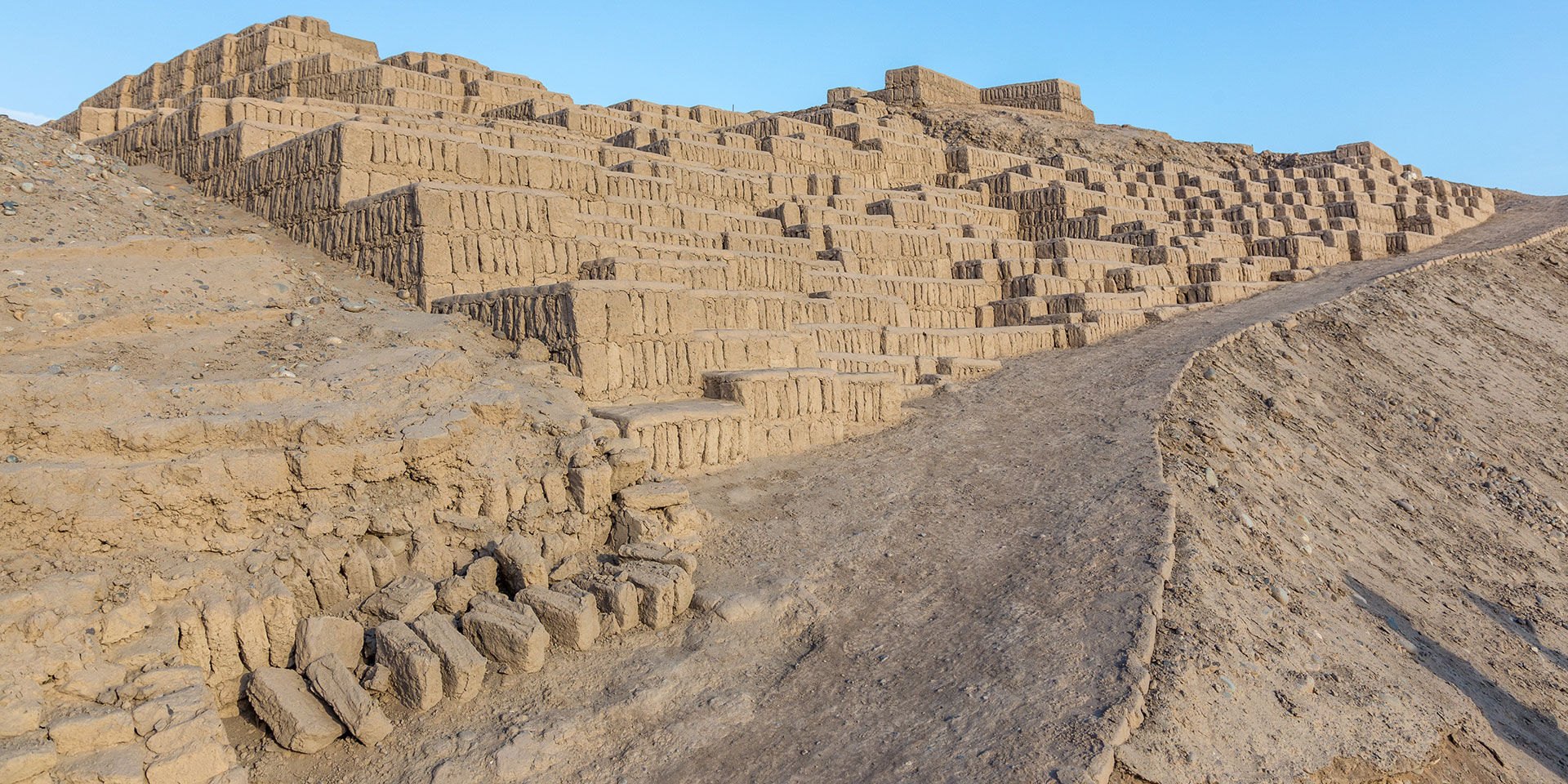
Huaca Pucllana is one of Lima’s most impressive sites. (Photo: Eric Mohl)
LimaDigging for Culture in Lima, Peru
By Karen CatchpoleLima is the modern capital of Peru, but you can also find archaeological sites and many examples of pre-Columbian and Incan history in and around the city. Here’s where to go digging for culture in Lima.
Huaca Pucllana
For years, the Huaca Pucllana seemed to be little more than a big hill in the Miraflores neighborhood. In the early 1980s, 14 acres of the site were excavated and studied. A small museum also opened. Guided one-hour tours of the site, which is believed to have been built by the Lima people around 600 AD and includes a flat-topped, stepped pyramid, are now offered.
There’s also an on-site restaurant where you can get Peruvian classics like arroz con pato and Amazonian paiche fish. Reserve a table on the patio and you also get views of the site, just a few meters away, with the modern city skyline rising above it.
Huaca Huallamarca
The main attraction at the Huaca Huallamarca pre-Columbian archaeological site is an impressive mud brick pyramid. Located in the San Isidro neighborhood of Lima, Huaca Huallamarca has been studied and excavated and the pyramid and its ramps are largely rebuilt. Another highlight? The museum, which exhibits items found at the site, including pottery and mummies.
Bosque el Olivar
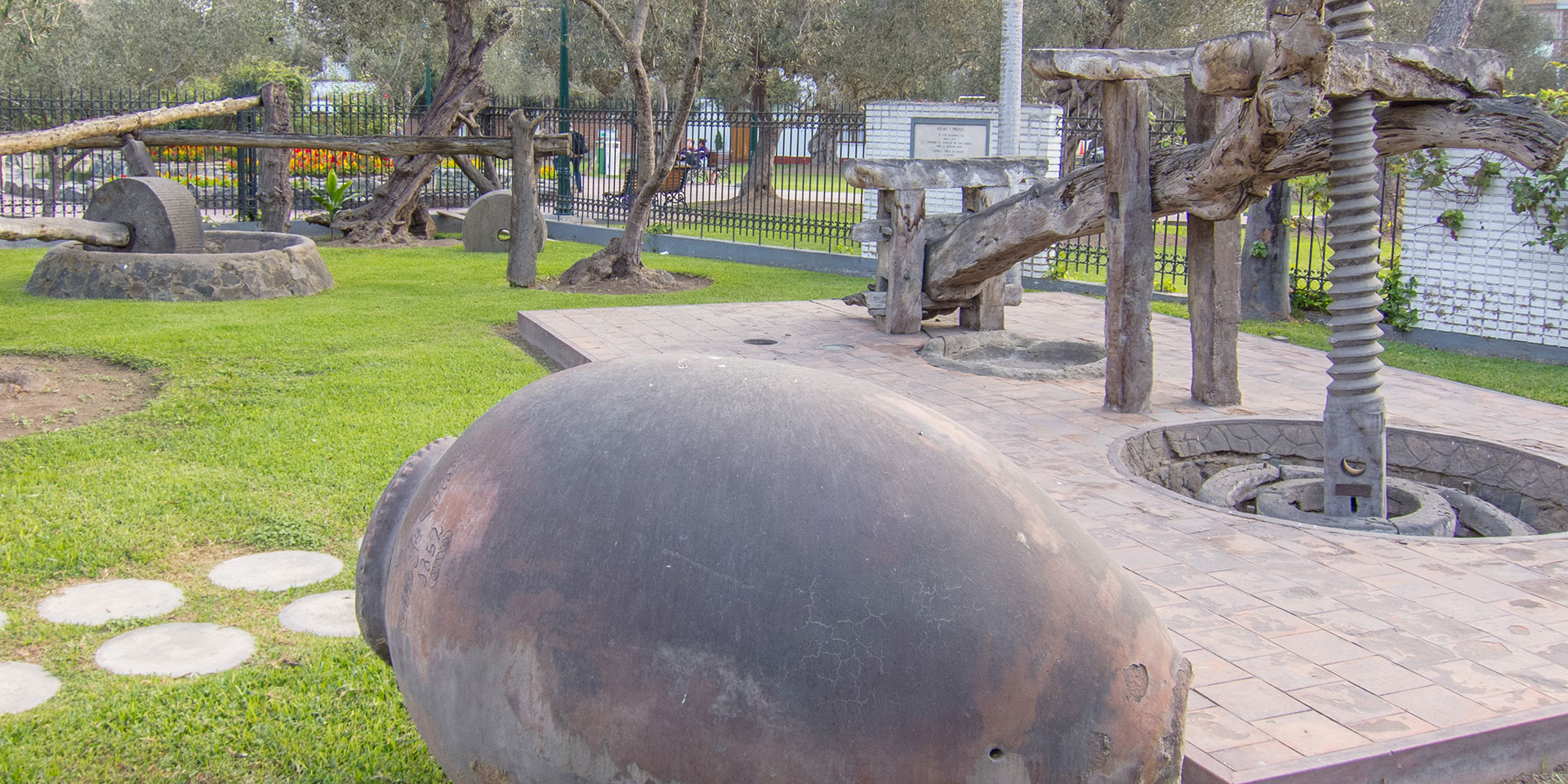
At first glance, Bosque el Olivar, in the San Isidro area of Lima, seems like many other city parks. But look closely at the trees. They’re olive trees planted by Spanish conquistadors in 1560. What started as three olive trees soon expanded and, today, more than 1,500 olive trees remain in the 57-acre park. The park is also home to a small exhibit showing a wooden press that was used to extract olive oil. The old olive grove was declared a Peruvian National Monument in 1959 and olives are still harvested.
National Museum of Archaeology, Anthropology, and History of Peru
The National Museum of Archaeology, Anthropology, and History of Peru, in the Pueblo Libre neighborhood of Lima, is the largest and oldest museum in the country. More than 100,000 artifacts, covering the entire history of Peru, are on display, including some fine examples from archaeological sites around the country.
Curators claim the museum has the most important collection of pre-Hispanic human remains in Peru. The museum’s ceramics collection includes a piece dating back to 2,000 BC, and some textiles date back to 2,500 BC.
Piedra Sayhuite (Well, a replica, anyway)
In southern Peru, not far from Cuzco, there’s a rock called Piedra Sayhuite. Archaeologists believe the intricately carved boulder marked the site of an Incan temple. In Lima, you can see a replica of the Piedra Sayhuite on Avenida Camino Real in the San Isidro neighborhood.
Pachacamac
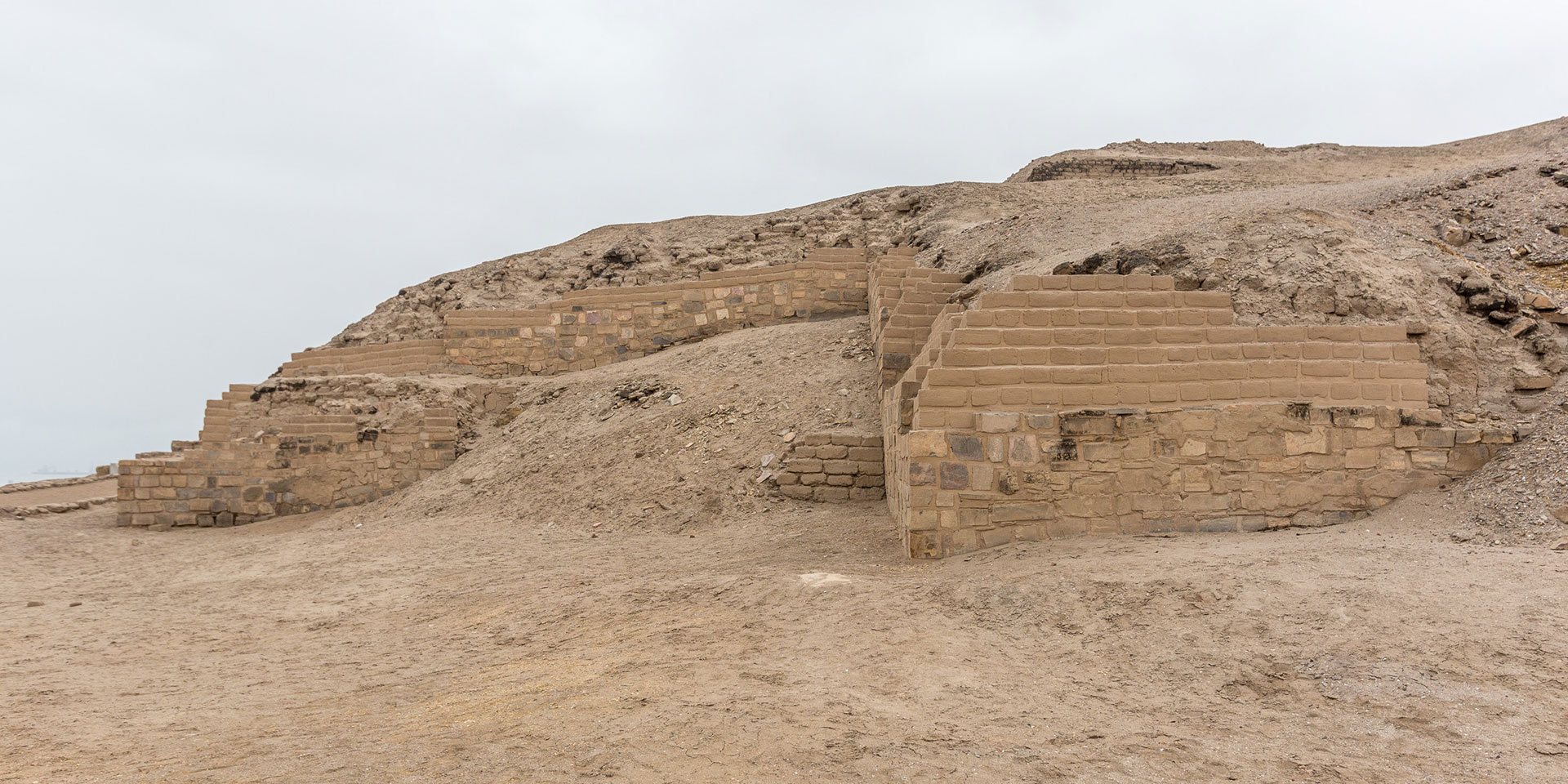
The Pachacamac pre-Columbian archaeological site is located about 20 miles south of Lima. It was a ceremonial center with temples and palaces spread around a large area in the coastal desert. The Incas took over and greatly expanded the site between the mid-1400s to the mid-1500s before the Spanish arrived.
However, experts are still debating which culture built the site in the first place way back in the first century. Some unexcavated areas appear to be little more than mounds of dusty soil while other areas have been excavated and rebuilt. You can even see remnants of original red plaster in places. Don’t miss the museum near the entrance.





